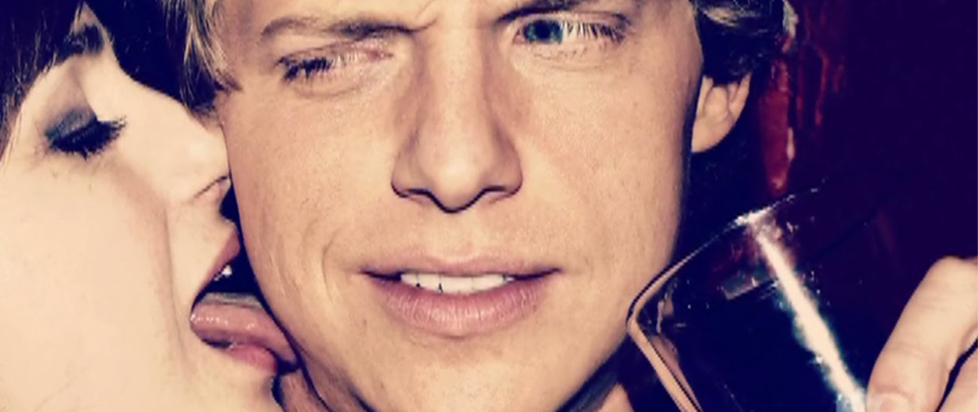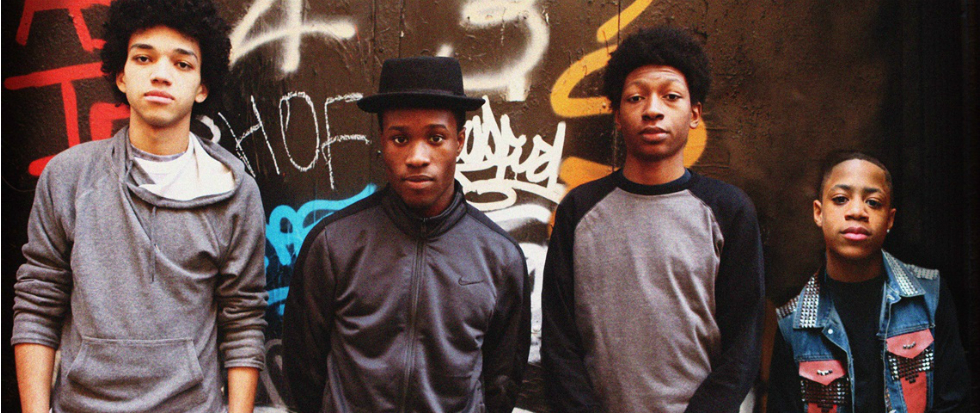
1600 words on Street Dance of China
Street Dance of China Season 3 starts with a two minute cinematic about isolation and community, at once apocalyptic and familiar. It bounces between shots of people dancing in groups to people walking those same streets masked and alone. “The city is still sleeping, and the darkness seems endless” a voice explains. The streets are eerily still, the power out as a person rides a subway alone, as they look out on empty security cameras on equally vacant lots. Suddenly, standing on a lone rooftop, they spy another dancer which begins a rooftop dance off. It’s the crescendo of the opening, one that calls to mind a sense of community and support. “Everyone is waiting to restart.”
Then the show begins properly.
Street Dance of China Season 3 started airing in July of 2020. It was weird to watch a show in February of 2021 that was, for all intents and purposes, post-COVID. My country, my state, were at that point effectively locked down. As someone who once had their doctor put a stethoscope to their chest and say “oh that isn’t right. Can my nursing assistant listen to that? I’ve never heard that before.” I practiced a lot of social isolation during COVID. My home isn’t suitable to work from, so I would drive to my empty office and work there as my other coworkers remoted in. I would wear masks at gas stations. I still do. The pandemic, after all, isn’t over.
I have seen plenty of reality shows that are shot before COVID or even during – I only managed two episodes of the incredibly odd Matt James Bachelor season that filmed in a quarantine bubble at a Pennsylvania resort – but none like Street Dance of China Season 3. Because SDC3 is a show that both acknowledges COVID-19 – see the opening – but also seems to view the pandemic as a past event. Probably because for China, it largely was in July of 2020. The media made a lot of the “Wuhan water park party” in August, but the city had lifted it’s 72 day lockdown in April. (Since we’re between pandemic curves at the moment, it makes sense for me to point out that Wuhan is once again eyeing a stringent pandemic plan as it has confirmed its first case of the so-called “Delta variant.”) It’s hard to talk about SDC3 without bringing up the post-pandemic tone, but even disregarding that, there is quite a lot that makes the show worth watching.
Street Dance of China has a relatively simple premise. Four celebrities go through hundreds of talented dancers from around China, selecting who they think is the best. These dancers are then put on teams captained by these celebrities before being whittled down even further, in a combination of group and single challenges, to find the best “street dancer” in China. I’ve been told this is very similar format-wise to The Voice, but I have not seen The Voice. The types of dances considered “street dance” are interestingly broad, from the expected locking and breakdancing, but also whacking (which I mistook to be a mistranslation of vogue-ing and is just a very similar dance style) and the more fluid “urban” which looks like modern in an American dance show.
YouTube recommended Street Dance of China to me for two reasons: I have a weakness for dance videos and as the most basic of Chinese BL drama fans, I really love The Untamed. One of the four captains for Season 3 is Wang Yibo, an idol and actor who was one of the leads in The Untamed. He’s joined by idols Jackson Wang (GOT7) and Lay Zhang (EXO), as well as Wallace Chung, an actor with some dancing experience brought on as a last-minute replacement for another judge who was caught in a morality scandal. When I started this show I had basically no relationship with K-Pop and as such the only judge I was familiar with was Yibo, but the thing about SDC3 is that the people are, in large part, what makes it compelling.
The captains, for starters, are all incredibly engaging. Jackson just wants to inspire someone, and it’s clear that he succeeds. Yibo wants to learn, and his quiet intensity carries through in all of the interactions with his team members. Lay acts like a tough guy, but is clearly deeply emotionally connected to the team that he builds. Wallace has a kindly uncle energy and is the captain who has done the most research, frequently referencing dancers performances in previous seasons when he meets them. Each episode ends with a hot pot hang out where all of the judges talk about home and what just happened, so even as someone who when I started did not know who any of these people were, I could find something about them to appreciate.
The contestants are also quite interesting.

One of the most dominant dancers on SDC3 is not even native to China. His name is Bouboo, he’s a Black man from France and everyone in the competition knows his name before he has even walked in the door. The street dance community is relatively small, so all of these people seem to know each other, especially the respected elders in the community and the people like Bouboo who has a distinctive and explosive style that makes him seem like he’s made of rubber. This adds an element of friendly respect to the show. SDC3’s edit focuses on camaraderie and working together rather than disgruntled team mates talking shit about their fellow dancers. There are no villains here, no particular character who seems to be kept on by producers until later in the season despite not having the skills to do so. The contestants talk to each other, they bond, but the focus is on their talent. Their effort.
There’s a moment in one of the early episodes where the dancers are split into massive teams, and several dancers step up to be choreographers. In most competition reality shows that I’ve seen this would be a moment of friction. Someone would feel they’re more deserving of this honor than the person selected, or they would talk about how domineering the person in the position of authority was. This is not the case in SDC3. The interviewed dancers are all incredibly pleased to be working with the talented group members who have taken over the challenge of choreography. They talk only positively about the experience of working with them. There’s no friction here.
Street Dance of China is different from most competition reality shows that I’ve seen in that it doesn’t spend as much time fixating on the eliminations. I remember watching American Idol as a kid and having to wait until after an extended commercial break for Daniel Powter’s Bad Day to suddenly blast while a twenty-something has their dream crushed. There are a handful of moments in the show where an elimination takes time, but you can see it happening in near real time as one of the captains clearly suffers through the choice. But the eliminations themselves are efficient, focusing more on taking the time to talk positively about the eliminated dancers and their talents and less on the elements of failure.

The dances are unsurprisingly quite good. The contestants here are definitely talented and you get a mix of that showy kind of choreographed dance that made me low-key obsessed with So You Think You Can Dance? as a teenager as well as freestyle dance battles that highlight acrobatic moves and innovative, playful characters. Some of the dances are spooky – one focuses on a pair of deceased lovers who come together to realize they haven’t moved on – while others are playful – several dancers re-enact a motorcycle race on stage. Captain Lay Zhang has a focus throughout the season of Chinese culture and its intersection with street dance, and it comes across in several stunning dances that play into Chinese calligraphy or the lotus position and which introduced me to many new-to-me artists.
Several stages throughout the season are planned around natural elements, including one where they literally cover the stage with water, but even when the show does not constrain its dancers to primetime-TV stunts, they still stand out. Here’s a choreographed group dance battle from earlier in the season to give you an idea:
This isn’t to say that the show is without flaw; like all competition reality shows you can see the ghost of the producer’s hand in several decisions. From a game design perspective, some of these decisions are definitely there to keep the playing field more level. Some of them are less forgivable. SDC3 also has some weird racial overtones as related to Bouboo specifically – while he’s not the only non-Chinese member of the cast, he’s definitely the most prominent and some of the dances that are choreographed for him place him in roles that to a Western audience definitely come across as racialized. It’s also worth pointing out that China’s top media regulator has banned “hip-hop culture,” which is part of why tattoos and some piercings are blurred or covered throughout the show.
I’ve had many fleeting lockdown media obsessions, but the one that has probably stuck through the longest is Street Dance of China. They’re currently filming the fourth season, which I excitedly await, and I’m in the process of watching it a second time – this time with a group. I’ve convinced numerous people to watch this show, to appreciate the dancing and the kindness and the respect that all seem to go hand in hand. There’s a real sense of community to Street Dance of China, and as someone who is themselves waiting to restart, it’s something that I love.
You can watch the entire season on YouTube, legally and for free, on the Youku channel though I recommend watching with this Spotify playlist nearby because some of the rights for songs did not clear YouTube’s content filter.





